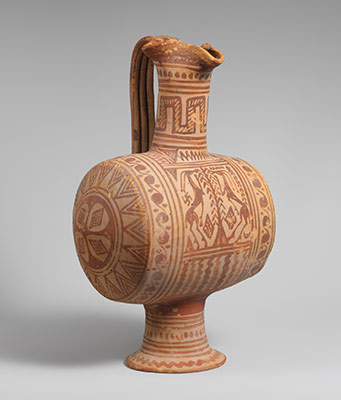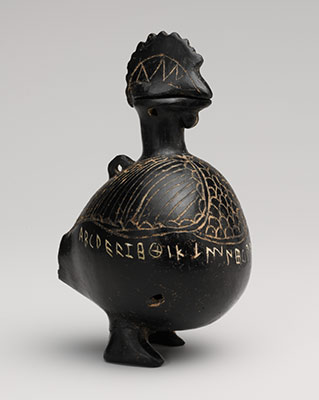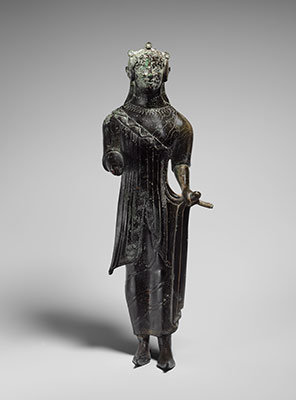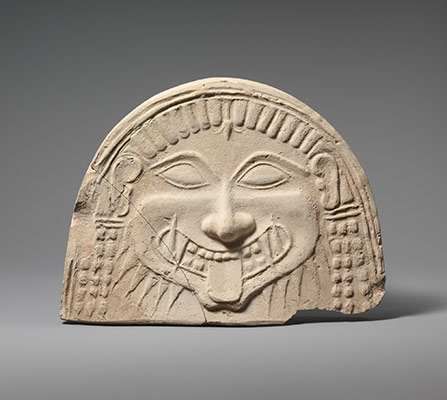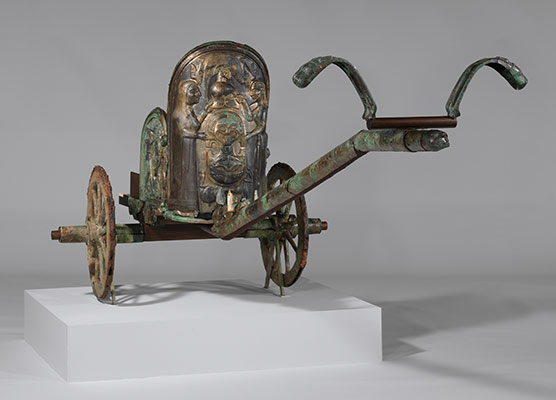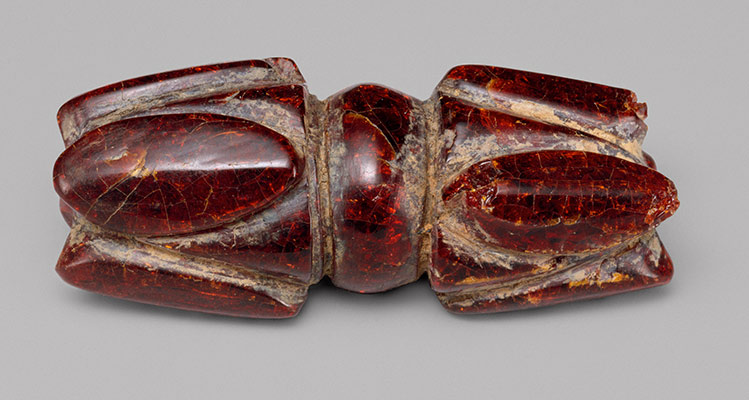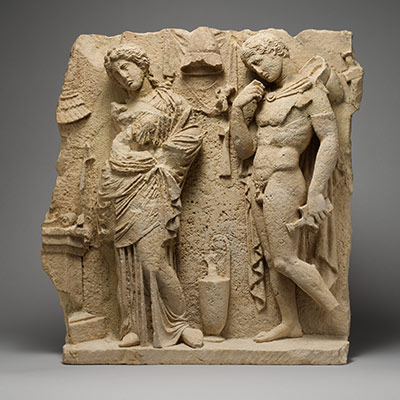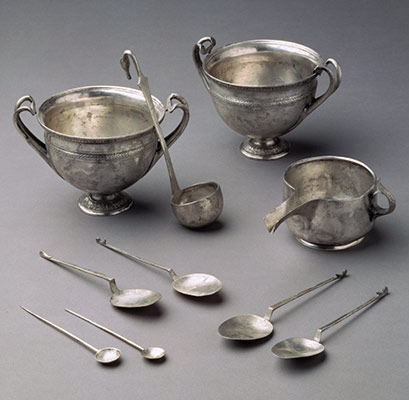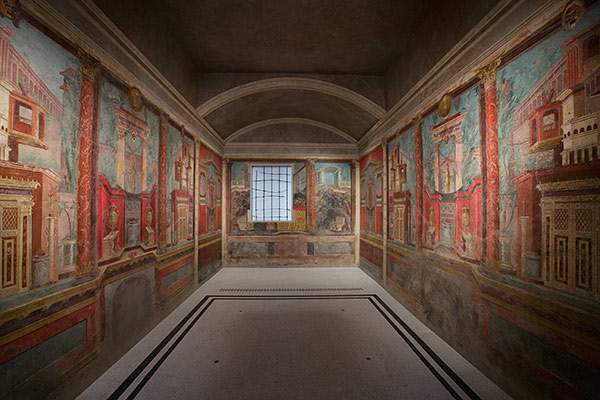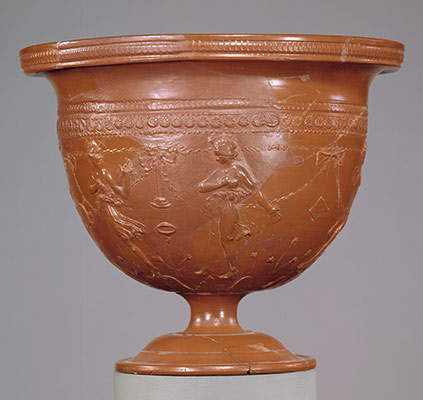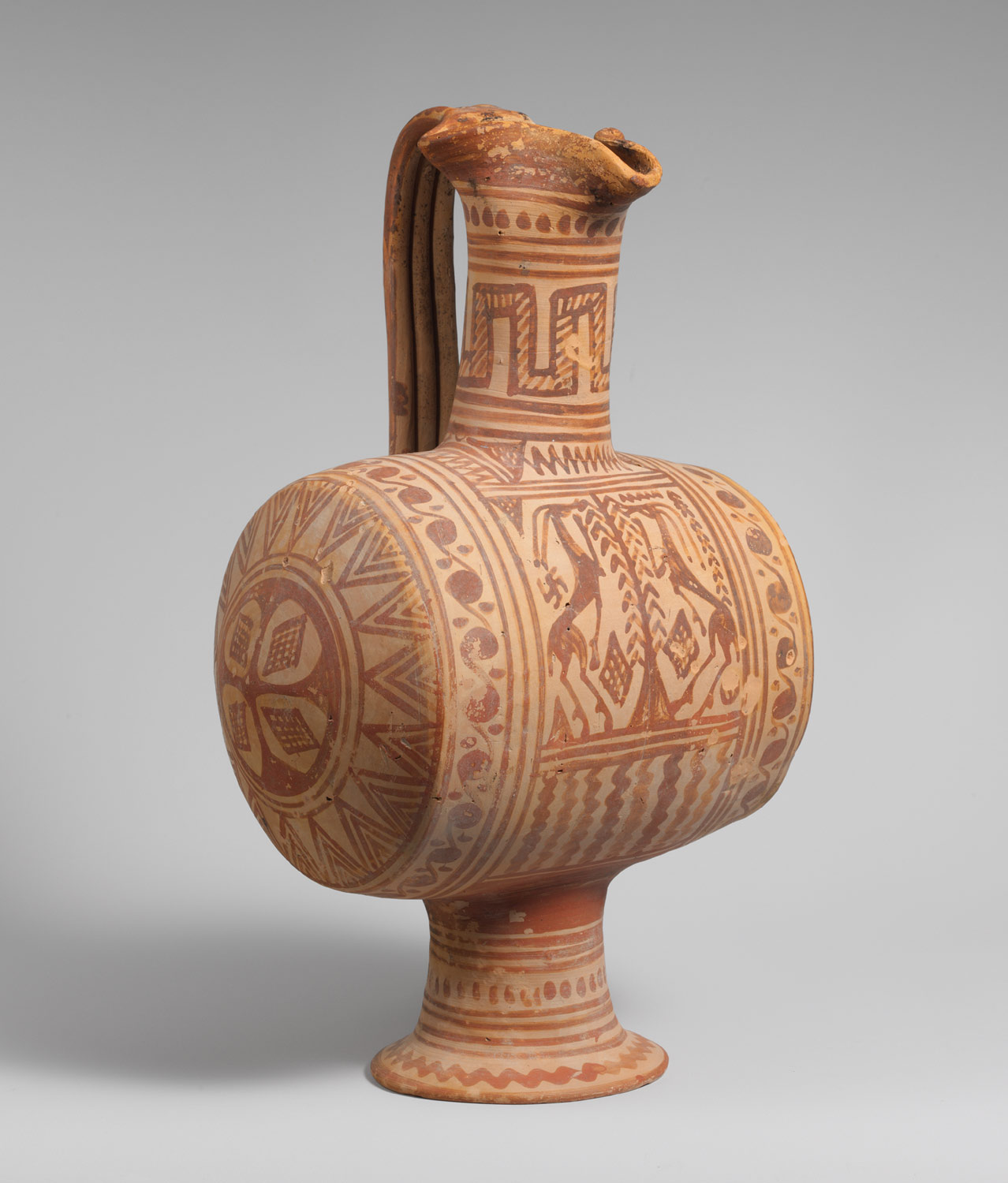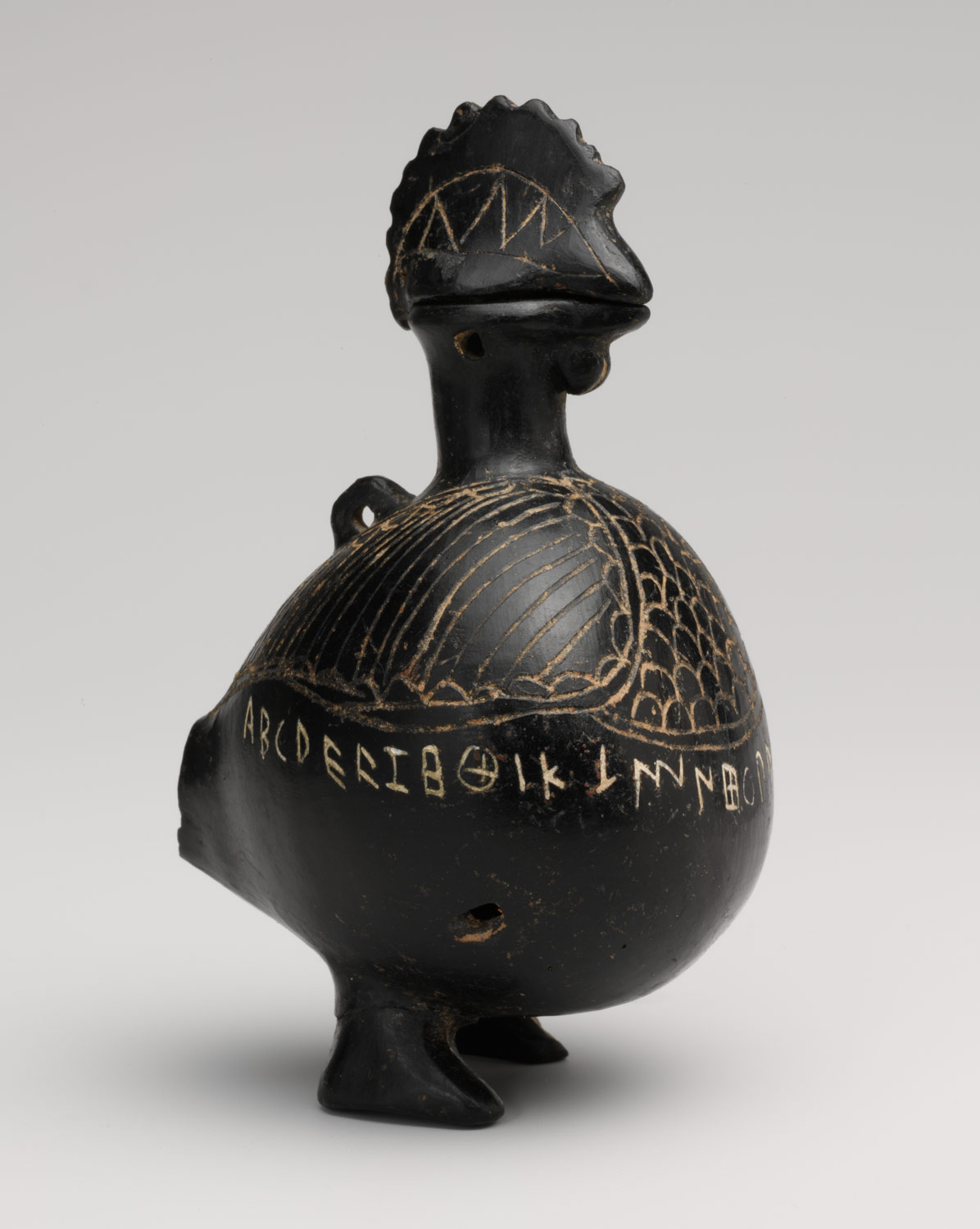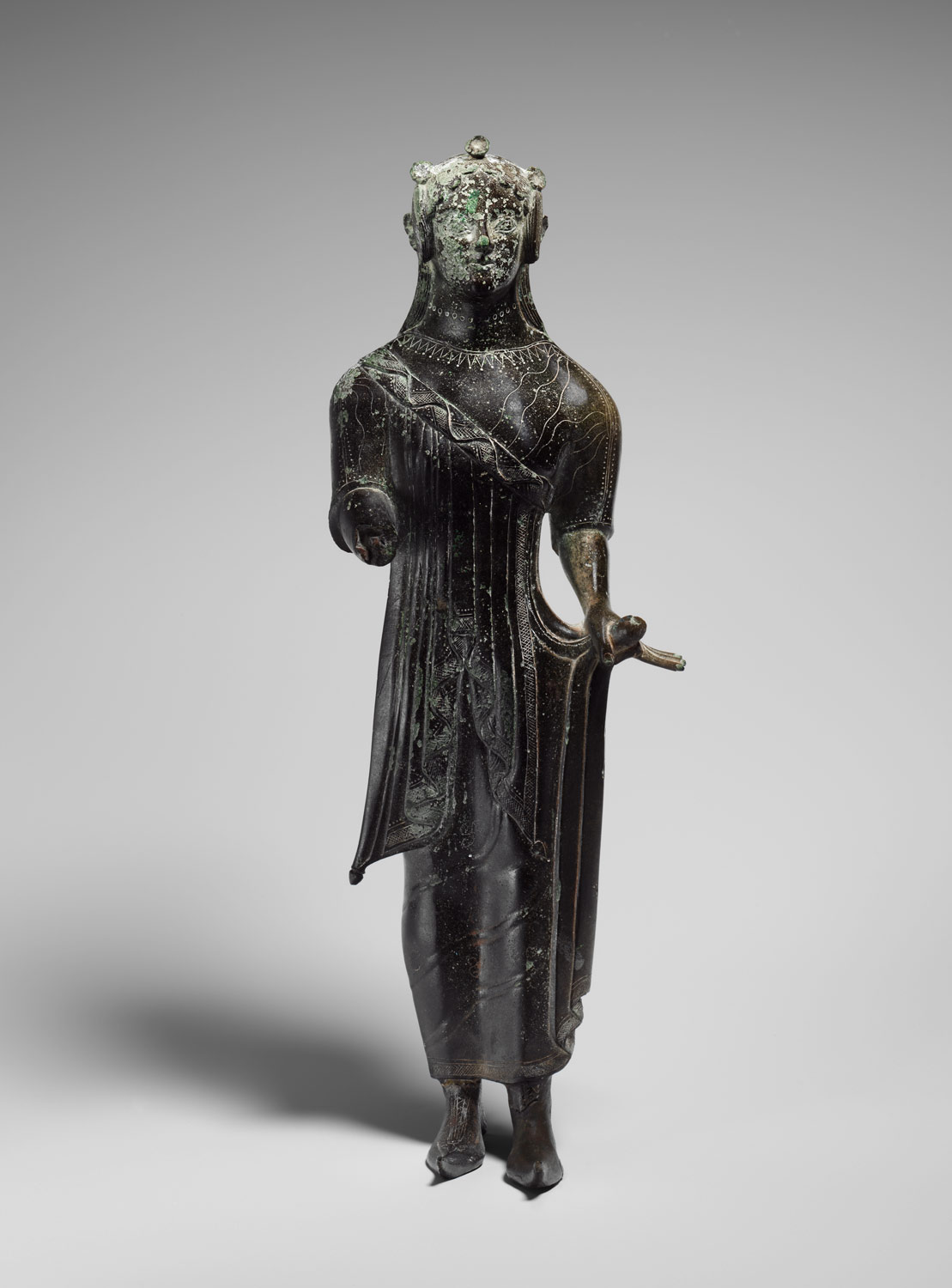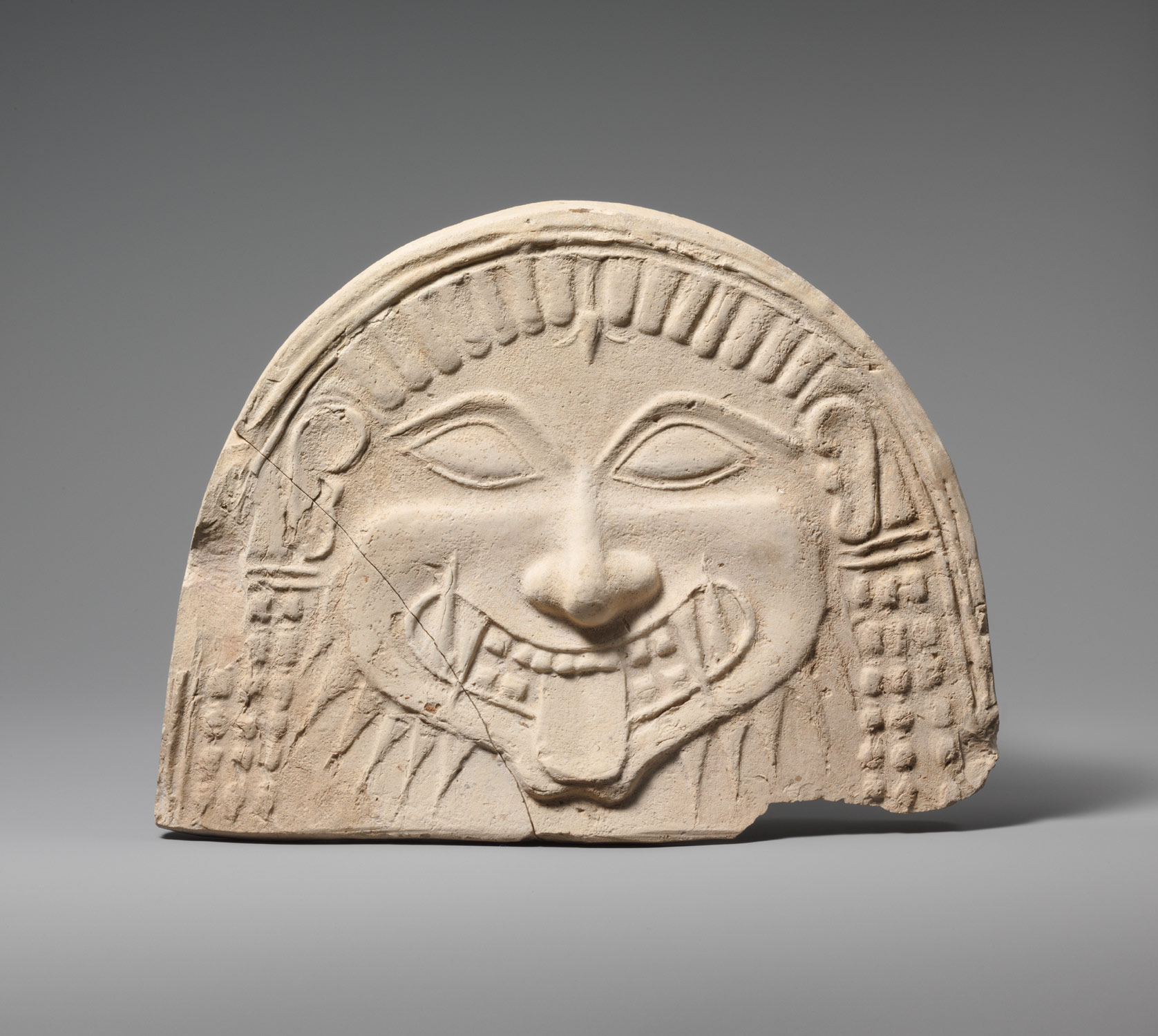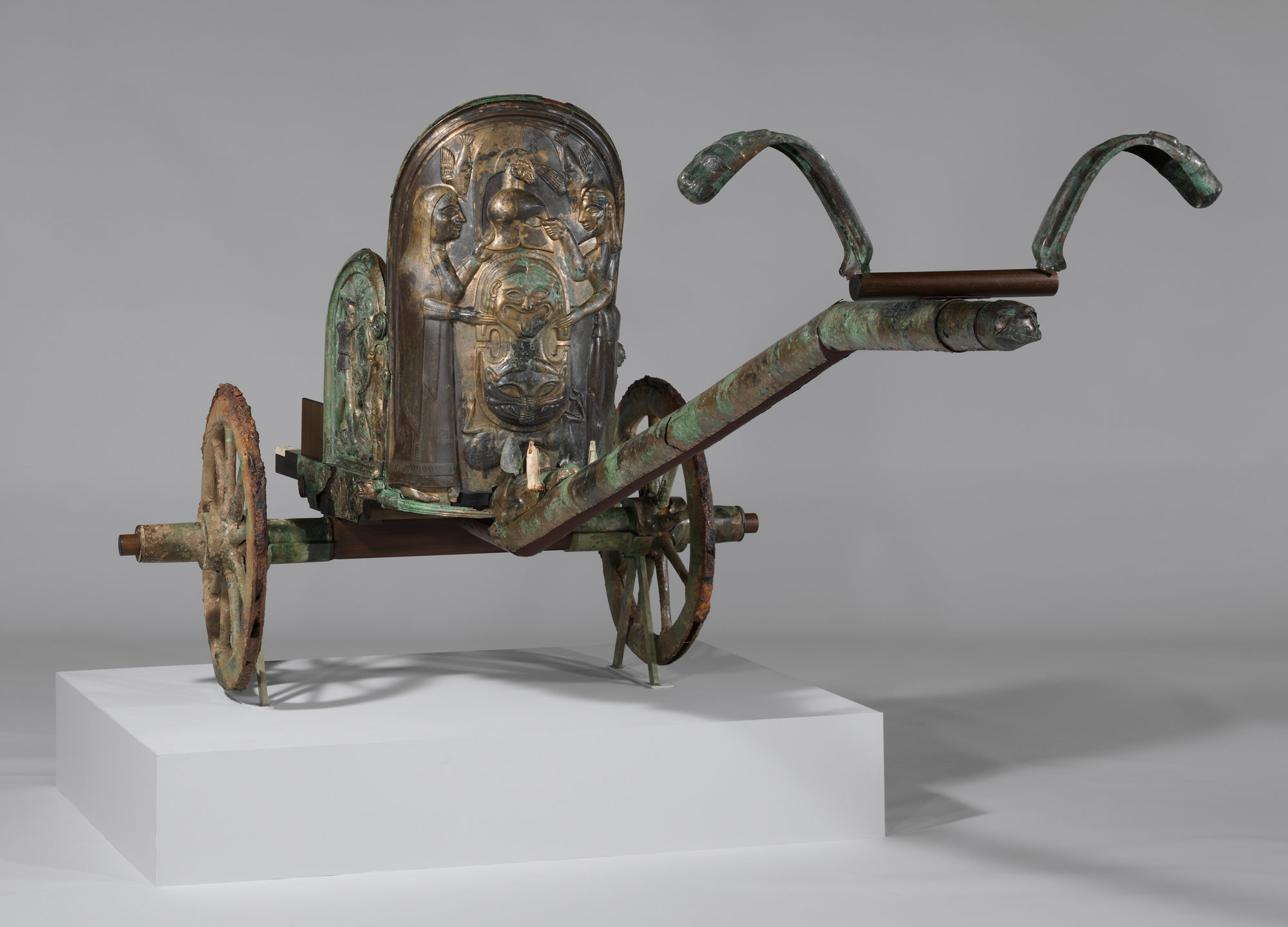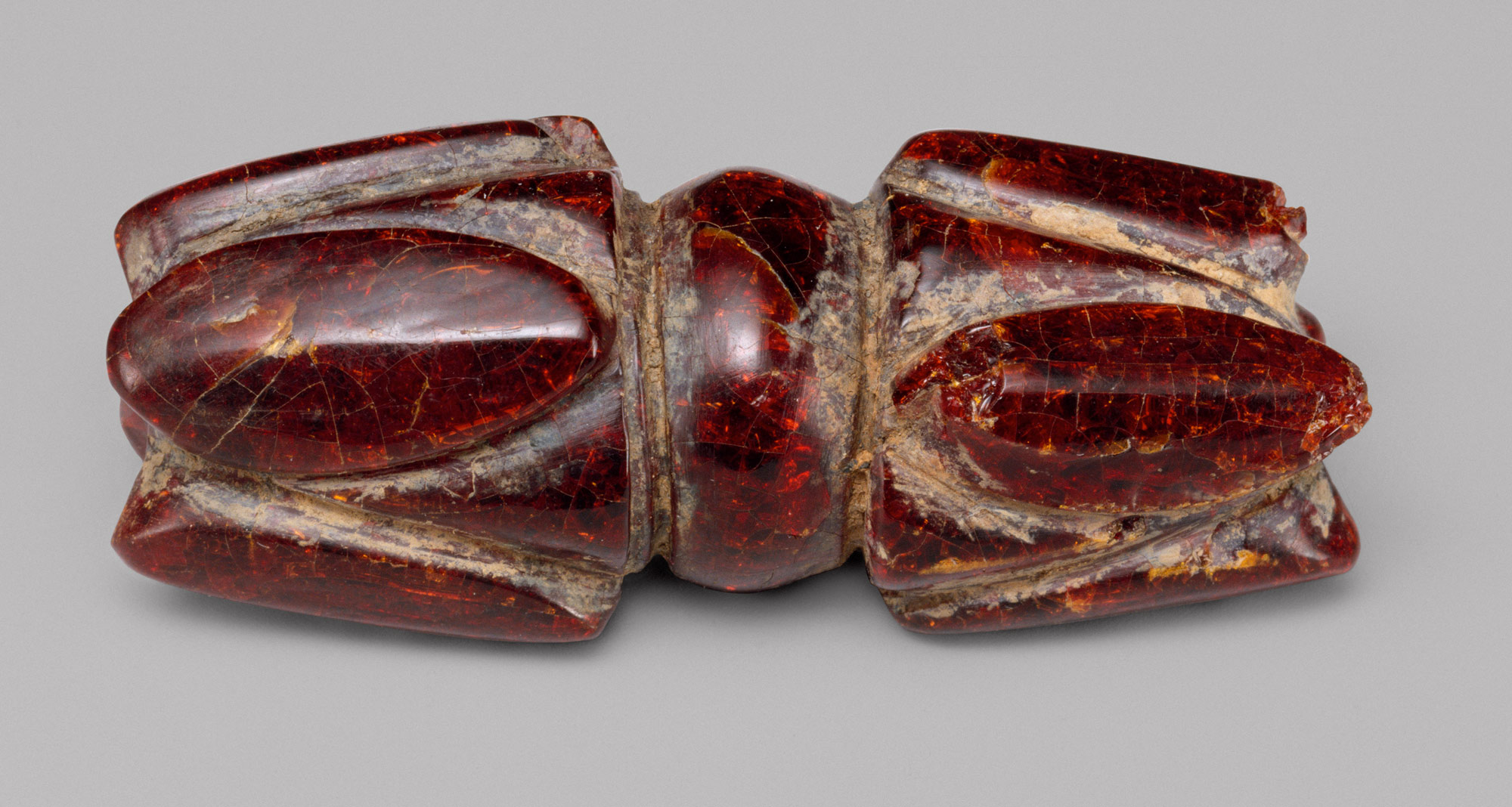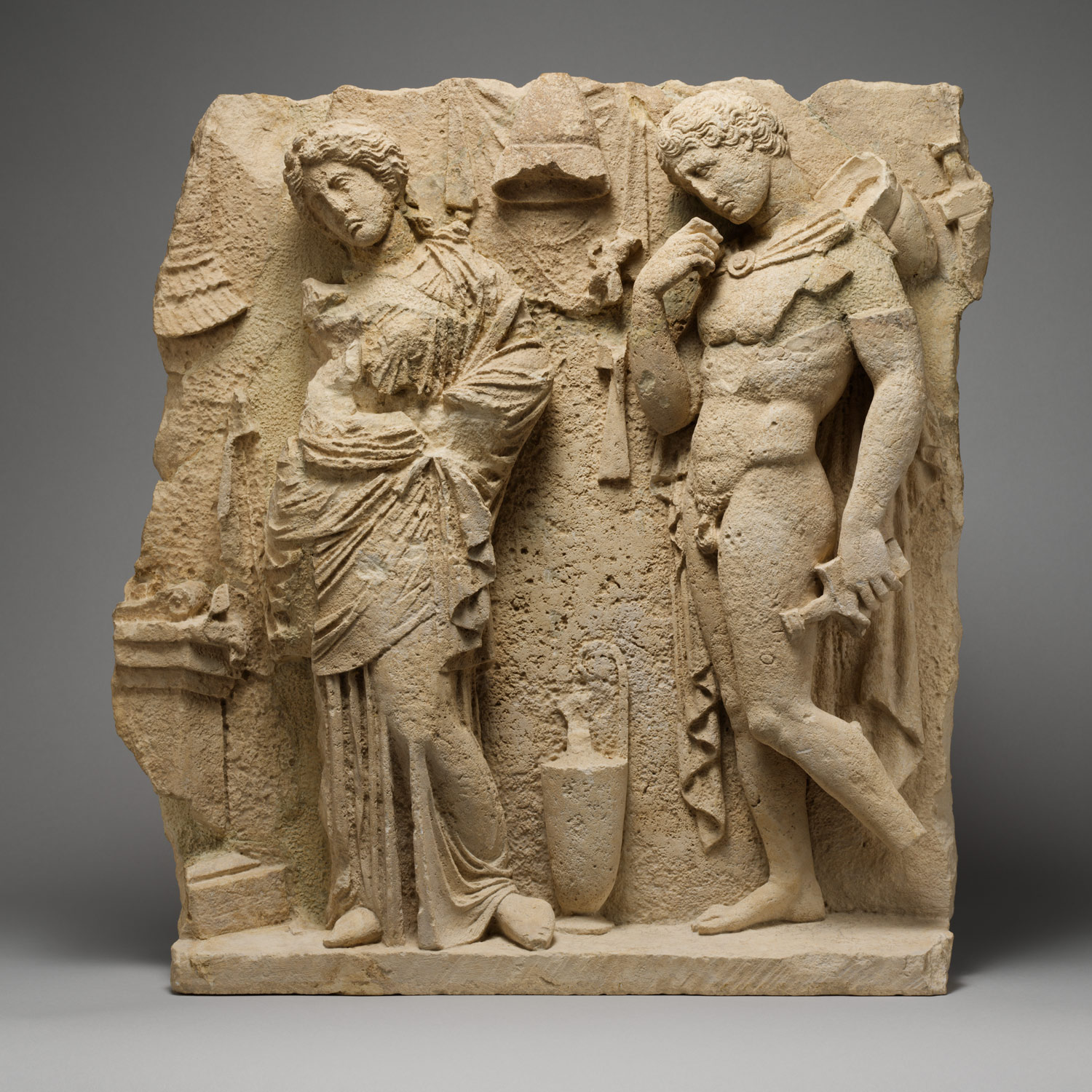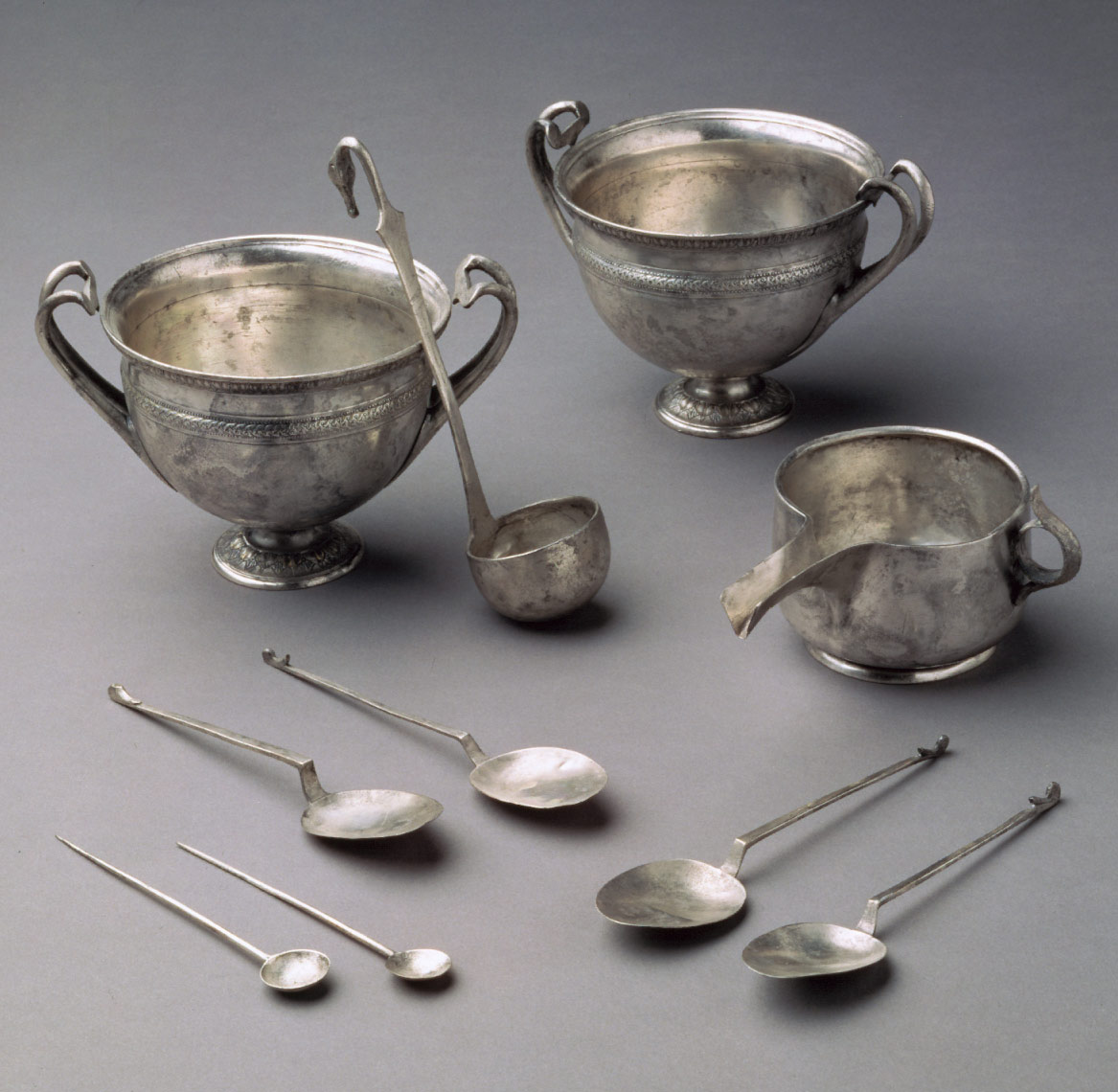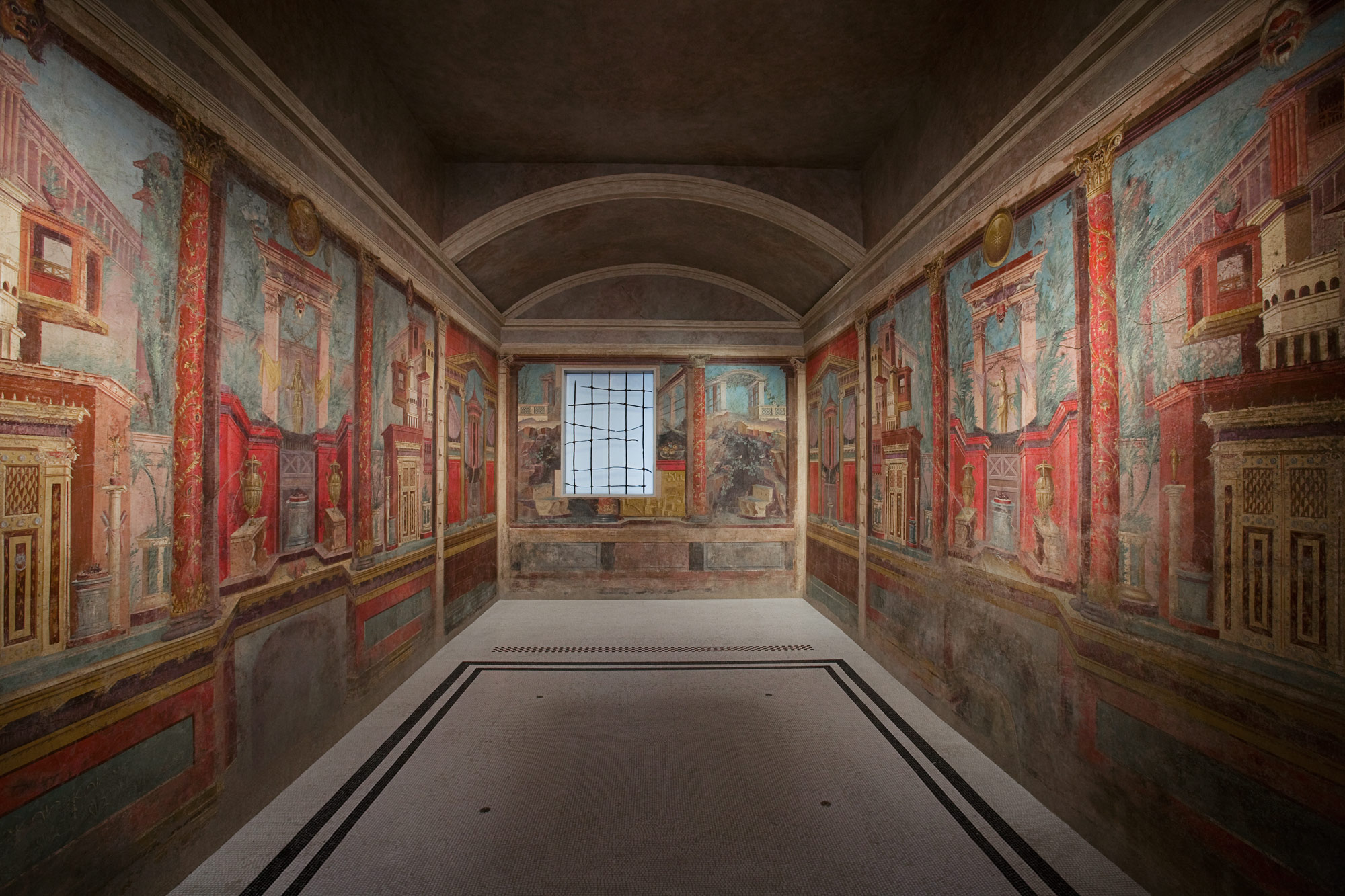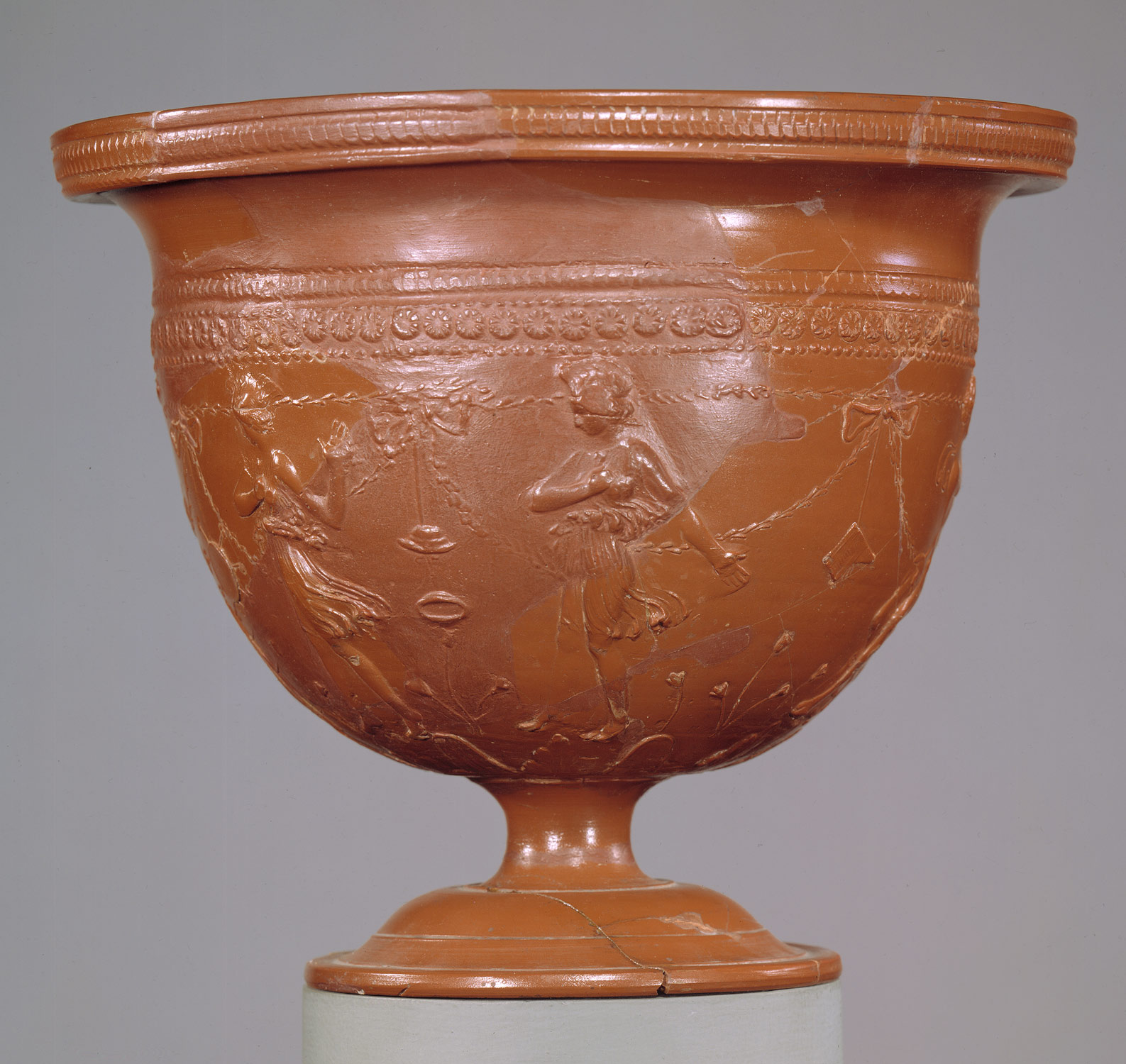The archaeological record indicates direct contact between the northern and southern parts of the Italian peninsula, Sicily, and the Lipari Islands. The Villanovans flourish in the northern and western parts of the peninsula, the Etruscans prosper along the coast just north of Rome, and the Greeks begin to colonize the southern half of the peninsula and Sicily. The Roman Republic is established in 509 B.C. and, through conquest and diplomacy, acquires vast territories as subject provinces. Political rivalries in the first century B.C., however, lead to civil wars and the eventual collapse of the Republic. The principate of Augustus is established in 27 B.C. and, thus, begins the Principate or Roman Imperial period.
Italian Peninsula, 1000 B.C.–1 A.D.
Timeline
1000 B.C.
750 B.C.
750 B.C.
500 B.C.
500 B.C.
250 B.C.
250 B.C.
1 A.D.
Overview
Key Events
-
ca. 1100 B.C.
Patterns of life change throughout Italy. Cremation is widespread and urn-field cemeteries are found as far south as Apulia and Sicily. Both bronze and pottery feature characteristics familiar from central and eastern Europe, and some objects are imported. This new culture, which shows strong links to the north of the Alps, is called Proto-Villanovan; it precedes all other disparate cultures of Iron Age Italy.
-
ca. 900–500 B.C.
The Villanovans dominate most of north and central Italy, which experiences urban development, a rising middle class, and a flourishing economy based on the manufacture and trade of bronze and iron.
-
8th century B.C.
Early Villanovan biconical cremation urns are used at Narce, and Villanovan hut-urns occur in southern Etruria.
-
750 B.C.
The Greeks begin to venture overseas and establish colonies in southern Italy and Sicily. Greeks from the island of Euboea (northwest of Attica) establish the first known of such colonies at Pithekousai on the island of Ischia in the Bay of Naples. Many of the colonies in southern Italy and Sicily eventually become city-states in their own right. Greek-style temples are built at Agrigentum (ca. 430 B.C.), Selinus (sixth–fifth century B.C.), Segesta (fifth century B.C.), Syracusae, and other sites.
-
743 B.C.
The Corinthians establish a colony at Syracusae (modern Syracuse) in Sicily. Within a century, the colony increases so rapidly in power and wealth that it is able to found three subcolonies at Akrai, Kasmenai, and Camarina. Syracuse eventually rivals Athens as the largest and most beautiful city in the Greek world.
-
ca. 700 B.C.
The first inscriptions of the Etruscan language occur. The language uses the Euboean Greek alphabet, which derives from Phoenician letters.
-
ca. 670 B.C.
As evidence of the Orientalizing phenomenon, the deceased in the Bocchoris Tomb at Tarquinia is buried with a Phoenician faience vase decorated in pseudo-Egyptian style with the cartouche of the pharaoh Bocchoris (Bakenrenef).
-
mid-6th century B.C.
The theater at Syracuse is constructed. Enlarged under Hieron II, it is one of the largest known Greek theaters in the ancient world, and the largest in Sicily.
-
ca. 540 B.C.
The Etruscans and Carthaginians defeat the Greeks at Alalia (Aleria).
-
ca. 510 B.C.
The Etruscans are expelled from Rome.
-
ca. 509 B.C.
An aristocratic Republic is established at Rome.
-
ca. 500 B.C.
The Etruscan Portonaccio Temple at Veii (present-day Veio) is constructed. It most likely is dedicated to Minerva, the Etruscan version of Athena. The temple is a rectangular structure with a single inner room or sanctuary (cella), fronted by a deep porch supported by columns in the “Tuscan” order. Roof-borne figures of terracotta, known as akroteria, and polychromy probably decorated the temple.
-
ca. 403 B.C.
Dionysius of Syracuse founds Tauromenium (modern Taormina) in Sicily. Its theater, the largest in Sicily after the one at Syracuse, is famous for its remarkable scenic setting.
-
396 B.C.
Under Camillus’ leadership, Rome besieges and finally captures Veii, the first Etruscan city to fall to the expanding empire.
-
ca. 350 B.C.
Rome completes its city wall.
-
ca. 335 B.C.
Ostia, Rome’s first colony, is founded on the mouth of the Tiber River. Initially a fortified outpost camp, it eventually grows into a large and bustling commercial city. With the expansion of the harbors by the emperors Claudius and Trajan, Ostia becomes Rome’s major port, and serves as the hub for all of its imports and exports. Most important of these are the annona, the grain shipments from Egypt, a vital food staple for Rome’s burgeoning population.
-
312 B.C.
The Via Appia, the high road from Rome to Campania, is built by Appius Claudius Caecus.
-
295 B.C.
The Samnites, in alliance with Gallic invaders, Etruscans, and Umbrians, are defeated at Sentinum.
-
287 B.C.
With the so-called Conflict of the Orders, land-rich plebians achieve political equality with the patricians. This unique power-sharing partnership continues into the late first century B.C.
-
275 B.C.
The Romans defeat Pyrrhus, king of Epirus, at Beneventum, and then complete their conquest of southern Italy (Magna Graecia).
-
264–241 B.C.
The First Punic War takes place, and the larger part of Sicily becomes the first Roman province. Gradually superseding Carthage as the dominant power in the western Mediterranean, Rome builds a fleet and trains its soldiers for maritime warfare.
-
224–154 B.C.
Rome secures its northern frontier with the defeat of the Boii and Insubres (224–200 B.C.; 200–191 B.C.), the pacification of Cisalpine Gaul, and the conquest of the Ligurians (197–154 B.C.), Istrians (178–177 B.C.), and Dalmatian coast (156–155 B.C.; 129 B.C.).
-
218 B.C.
The Carthaginians attack Saguntum, beginning the Second Punic War (218–201 B.C.).
-
214 B.C.
Rome successfully faces Philip V of Macedon in the First Macedonian War.
-
200–196 B.C.
Rome enters the Second Macedonian War, which ends with the victory of Flamininus at Cynoscephalae.
-
172–168/167 B.C.
Perseus of Macedon challenges Rome and thereby brings about the Third Macedonian War. He is defeated by Lucius Aemilius Paulus at Pydna, and Macedon is divided into four republics.
-
ca. 155 B.C.
Greek philosophers lecture in Rome, and a group of Roman intellectuals, the so-called Scipionic Circle, espouse a reconciliation of Greek and Roman ways of life.
-
146 B.C.
Bringing an end to the Third Punic War (149–146 B.C.), Roman general Scipio Aemilianus destroys Carthage. The population is sold into slavery, and Carthaginian territory becomes a Roman province.
-
101 B.C.
Marius defeats the Cimbri at Vercellae. His campaigns against the Germanic invaders, which seriously threaten Rome’s existence, lead to the creation of a professional standing army at Rome.
-
ca. 65–55 B.C.
Catullus is active in Rome as a leading member of the “New Poets.”
-
ca. 50s–30s B.C.
The introduction of glassblowing technologies to the Italian peninsula by eastern Mediterranean craftsmen, facilitated by the new stability afforded by the Roman empire, revolutionizes the Italian glassmaking industry. Mass-produced utilitarian glass vessels come to be used for a wide variety of purposes in Roman daily life, and are the basis for material’s eventual status as one of the most versatile and ubiquitous in the Roman world. New centers of production are established in Italy and the western provinces, while Roman merchants, aided by the freedom and commerce instigated by the new Pax Romana, carry glass vessels to the frontiers of the empire and beyond.
-
44 B.C.
On the Ides of March, Julius Caesar (born 100 B.C.) is assassinated by a group of Republican conspirators led by Cassius and Brutus.
-
43 B.C.
Ovid, one of the leading poets in Rome, is born. Ovid is best known for his explorations of love, especially his Ars Amatoria (“Art of Love”), and for his epic Metamorphoses, which raises fundamental questions about definition and hierarchy in the universe.
-
43–42 B.C.
Antony, Octavian, and Lepidus form a triumvirate and defeat the Republicans led by Cassius and Brutus at Philippi in eastern Macedon.
-
32–31 B.C.
Augustus Octavian defeats Marc Antony in a naval battle at Actium.
-
ca. 30 B.C.
Marc Antony commits suicide before Octavian’s entry into Alexandria, and Rome annexes Egypt.
-
ca. 29–19 B.C.
Virgil composes the Aeneid, the great national epic poem of Rome.
-
27 B.C.–14 A.D.
The principate of Augustus is established. Rome is transformed into a city of marble. The Roman frontiers are expanded and semi-conquered territories reinforced. Augustus reconciles with Parthia (22–19 B.C.), and his campaign against Garamantes in Africa is successful (19 B.C.). Many social and religious reforms are enacted. Gaul and its frontiers are organized (15–13 B.C.). The imperial mint at Lugdunum is founded (15–14 B.C.).
-
25 B.C.
Vitruvius, a Roman architect and military engineer, writes his treatise On Architecture. The work is divided into ten books related to: (I) town planning and the qualifications of a proper architect, (II) building materials, (III, IV) temples and architectural orders, (V) civic buildings, (VI) domestic buildings, (VII) pavements and plaster, (VIII) water supplies, (IX) geometry, astronomy, etc., and (X) civil and military machines.
Citation
“Italian Peninsula, 1000 B.C.–1 A.D.” In Heilbrunn Timeline of Art History. New York: The Metropolitan Museum of Art, 2000–. http://www.metmuseum.org/toah/ht/?period=04®ion=eust (October 2000)
Related
Map
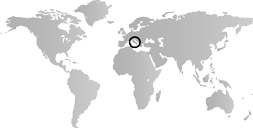
Primary Chronology
Secondary Chronology
Lists of Rulers
See also
Keywords
- Ancient Greek Art
- Ancient Roman Art
- Archaic Period
- Central Italy
- Classical Period
- Early Imperial Roman Period
- Etruscan Art
- Europe
- Florence
- Hellenistic Period
- Italy
- Murano
- Naples
- Northern Italy
- Roman Republican Period
- Rome
- Southern Italy
- Venice
- Iron Age
- 10th Century B.C.
- 9th Century B.C.
- 8th Century B.C.
- 7th Century B.C.
- 6th Century B.C.
- 5th Century B.C.
- 4th Century B.C.
- 3rd Century B.C.
- 2nd Century B.C.
- 1st Century B.C.
